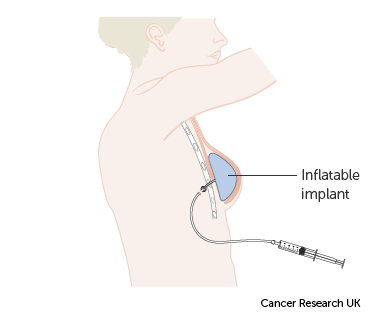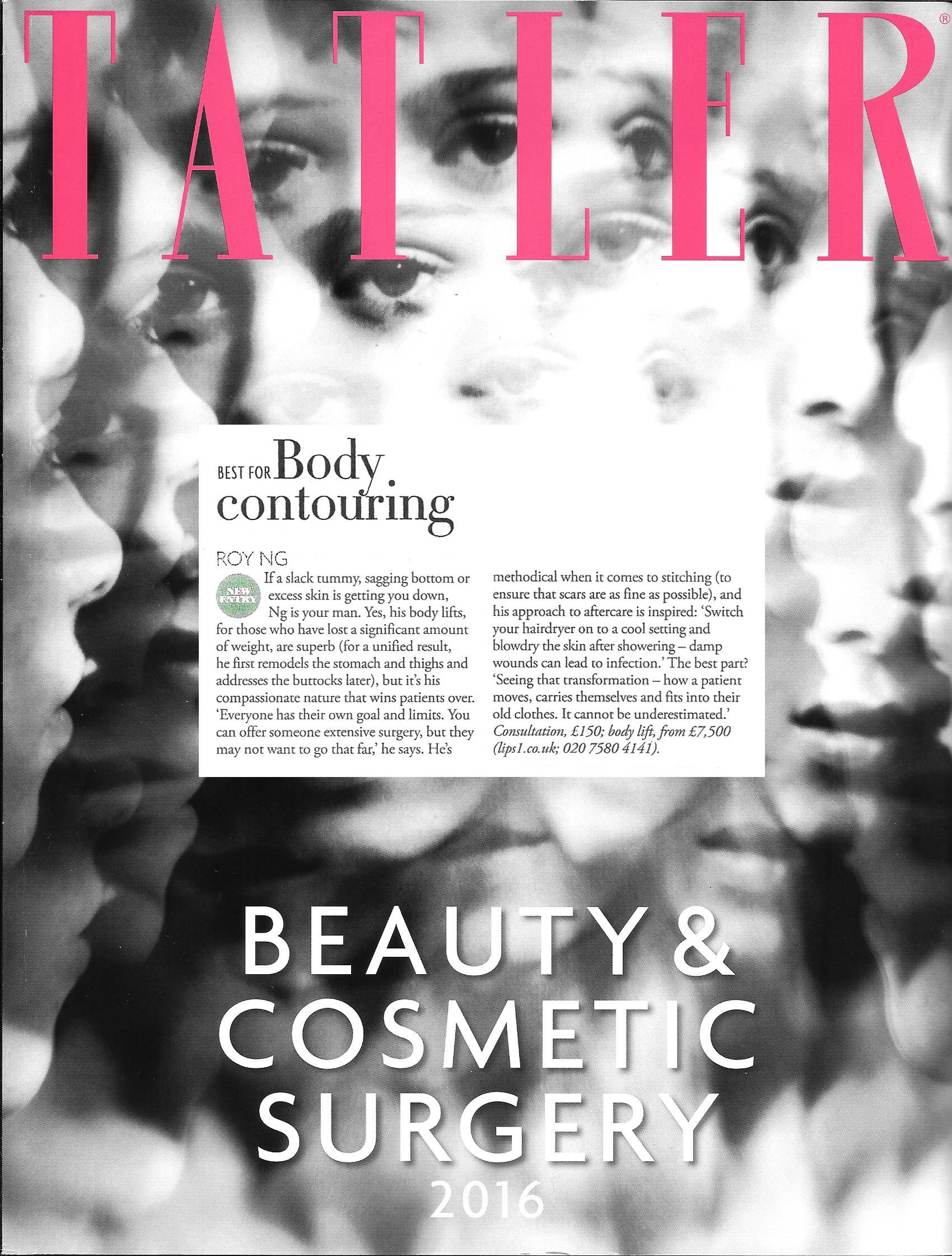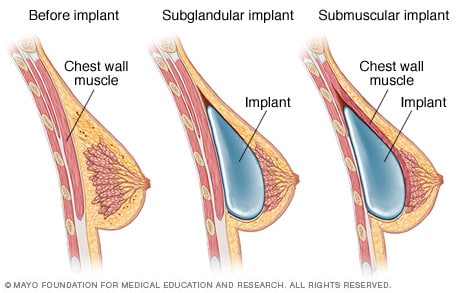
Before you choose a surgeon for a fat transfer to face procedure, consider what to look for in a doctor. Learn about the procedure and what it will cost, including the time required to recover, pain levels, and recovery times. In addition, you should ask how the doctor rates with prior patients. Finally, success is dependent on the skill of your surgeon. You can find great advice in this article on how to find the best surgeon.
Candidate requirements
The candidate requirements for fat transfer to the face differ depending on the type of procedure. Candidates for this surgery should be in generally good health and be free of any serious chronic conditions. Smoking is disqualifying for this procedure. Patients must quit smoking prior to the procedure. It is essential to give up cigarettes to avoid complications and to receive good results from the procedure. Before scheduling your consultation, be sure you understand all possible risks and benefits.
Candidates for this procedure must be healthy men and women who have no significant underlying health problems that would limit the procedure's results. Patient must be realistic about their expectations and should also be young. Dr. Gardner will discuss your concerns and explain the benefits of fat transfer on the face. Also, you can expect to feel a little bloated and lose some skin volume.

Time to recover
The recovery time for fat transfer procedures to the face is different from one patient to another. However, most people can expect to be absent at work or in social situations for seven days. The area will heal slowly and the swelling will diminish until the final results become apparent. Although the process takes a short time, it is important that you allow for adequate recovery time. Patients should start to see the final results after six months.
The procedure usually does not leave detectable scars. A thin tube, called a cannula, is used to collect the fat from the donor site. The fat is then washed and processed. In some cases, plastic surgeons use a centrifuge to process it. Then, the fat is injected through the cannula, which is passed into the target area multiple times. You can continue this process until you reach the desired amount.
Pain level
Some swelling may occur after fat transfer to the facial procedure. Applying ice compresses to the affected area during the first few hours after the procedure can help reduce the swelling. After the procedure, swelling and bruising can continue for up to two weeks. However, most patients will be able to go out to eat or socialize within one week. For two weeks, patients should avoid strenuous activities to allow the fats to settle. Fat transfer to the face is painless and recovery is quick. A physician may prescribe pain medications to relieve discomfort.
While the procedure may be painful, there are no major risks of infection and a high level of patient satisfaction. Most people do not require prescription pain medications after the procedure. However, there may be some swelling. Patients are advised to take some time off work in order to recover. However, this is not as painful as a facelift. The face will require you to be away from work for several days to allow it to heal.

Cost
The average cost of a fat transfer to face procedure varies widely depending on location, type of anesthesia and number of facial areas treated. An office surgery will typically cost less than one that is performed in a hospital. The cost of this procedure can also vary depending on whether or not you are awake during the procedure. Most patients fall somewhere between these two extremes. Here are some factors that affect the cost for a fat transfer procedure to the face.
Many fat transfer candidates to face are healthy individuals looking to correct unflattering skin wrinkles. Candidates should have good skin and enough fat in the area to be able to transfer the fat, usually the lower abdomen or thighs. A patient should have realistic expectations of the outcome. You should choose the fat transfer to face procedure that suits your needs. A consultation is recommended prior to the surgery. There are many factors that should be taken into consideration before the procedure.